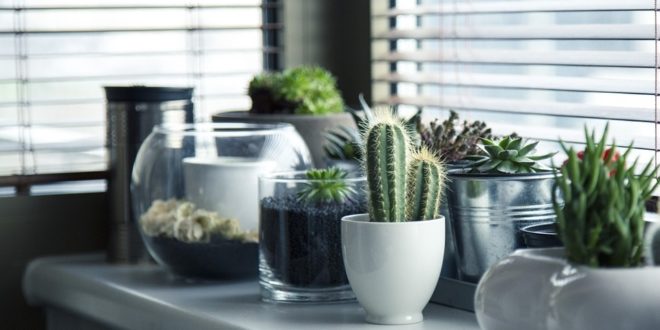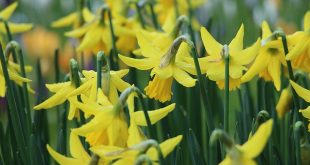Six of the trickiest indoor plants: you CAN keep them alive and thriving provided you ask yourself three questions before purchasing new house plants.
Trending right now
Everyone is loving house plants at present. But some of them will turn up their toes with relative ease. Others can live just about anywhere, with the minimum amount of care. So why bother with the tricky set? It’s all about shape; structure; size; beauty. And that most elusive quality: extraordinary desirability.
Many of house plants’ considerable charms lie in their leaves rather than flowers. Size, shape and form are key elements of structure that can add architectural merit to just about every type of home. Together with huge benefits to the quality of indoor air and environment, of course.
But how easy to look after are plants within the desirable set? House plant hopefuls often overlook the basic need to find out what their plants require before installing them indoors. Here are three vital questions to ask yourself before placing a plant in its new ‘forever home’:
- How much light will be available to my plant in the position that I wish to place it? Be realistic: house plants in the UK mainly originate from warmer climes overseas and you must appreciate that an indoor position won’t be as light as outdoors. Unless it’s a conservatory, where the high light levels and heat of a summer’s day might be too much for certain plants.
- How much water and feed does it need? Some plants will be happy in a drought, but rainforest-dwellers will die.
- Will it be affected by central heating and/or draughts? Fluctuations in temperature are difficult to cope with for some species.
Right plant, wrong place
Instagram, the social networking app that is designed for sharing photos from a smartphone, is partially responsible for visual incorrectness when it comes to house plants. Many carefully-arranged plant photos are practically impossible to maintain. Succulents and cacti are frequently shown planted within a terrarium, for example. This is likely to result in a slow and painful death. Why? Because the nature of a terrarium, or semi-enclosed glass planter, is to create a humid environment. Succulents and cacti thrive in desert-like conditions with lots of air around them. They store water within their stems and foliage and will rot in a damp atmosphere. The ideal situation for these plants is a sunny windowsill – even those occupying a space more than a metre from a bright window are likely to suffer in silence.
Conversely, don’t try to keep rainforest dwellers in a south-facing conservatory unless you are prepared to provide some shade together with regular water on the foliage and compost. Otherwise, sun will scorch the foliage and the compost will be too dry. Shade and dappled-shade loving house plants need to be situated away from a bright windowsill and require damp compost (but not soggy). Many of these in the wild will root into pockets within trees, where they climb towards the dappled light. The rain comes little and often but drains away quickly too.
What about Kokedama? This Japanese technique has become trendy in recent years. But it’s not entirely practical for most homes. The roots of house plants are wrapped in special clay, covered in living moss. They are then generally suspended from walls and ceilings on almost invisible fishing line so that they appear to float. It looks spectacular but the individual Kokedama will require immersion in water just about every day. This will, inevitably, result in dripping, so you wouldn’t want them to be hanging around above a carpet.
Six tricky house plants: can you succeed?
- Gardenia: There’s no doubt that the scent of Gardenia is to die for. But these flowering beauties don’t really like being moved around. They need lots of light and a constant temperature, without draughts or heat from a radiator. They also need high humidity which can be achieved by grouping plants together or you can spray a light mist of water onto the leaves every day. Feed during the growing season but pick fertiliser and compost suitable for acid-lovers. You should also be aware of aphids, they love Gardenia and can turn this plant into a sticky mess.
- Orchids: These exotic flowers come in many different types and each needs something slightly different. Generally, they should receive a fair amount of light but only from a north or east-facing window rather than a bright south or west-facing spot. They can be watered with rainwater around once per week, but not too much! Their roots need to feel the air around them and they will rot in soggy soil. They will readily flower year after year, if the conditions are right. Feed them about once per month during the growing season but use specific orchid fertiliser.
- Ficus lyrata: the fiddle leaf fig. This plant is wildly popular because it just gets better and better as it grows. It eventually forms a pleasing tree-shape and has the most amazing fiddle-shaped large leaves. It can be trained and pruned without problem, but it really doesn’t like being moved around too much. Ficus lyrata comes from a lowland jungle and it’s used to being watered by rain, little and often. It needs some bright light but not as intense as that from a south or west-facing window. Give it regular misting with water; only occasional fertiliser during the growing season and keep it out of draughts and it will be yours for life.
- String of pearls: Senecio rowleyanus. This is a hanging, trailing plant and most people imagine it will be a breeze to stick it on a shelf and enjoy the cascading necklace of succulent pearls. But it needs high light levels, above all else! It can survive will very little water – that’s the nature of succulents. Boggy compost means almost certain failure, it likes to completely dry out between waterings. And a gloomy spot just won’t suit it. Great for conservatory living, perhaps?
- Crotons, the Codiaeums, have the most amazingly coloured foliage in bold colours of yellow, pink, red, orange and green. The stiff, leathery leaves look almost indestructible. Known as Joseph’s coat because of the vibrancy, it’s not surprising that people want this in their homes. In reality, these need sunlight in order to maintain their magnificent colour. They also dislike being moved around, and they can’t tolerate cold temperatures or draughts.
- The Boston fern, Nephrolepis is a most beautiful fern, but once it starts to fail, the little leaflets cascade all over the place and create a bit of a mess! This fern loves a stable, warm home but it’s a sensitive plant that can’t stand smoke from coal fires or wood stoves. It should be positioned out of draughts in a position that receives plenty of indirect light but not on a south or west-facing windowsill.
By Perfectplants.co.uk: an on-line shop offering delivery to your door: plants, gifts and accessories: Tel: 01323 833479
 Gardeners Club The Gardeners Club is a free to join online club for everyone with an interest in gardening and gardens.
Gardeners Club The Gardeners Club is a free to join online club for everyone with an interest in gardening and gardens.






